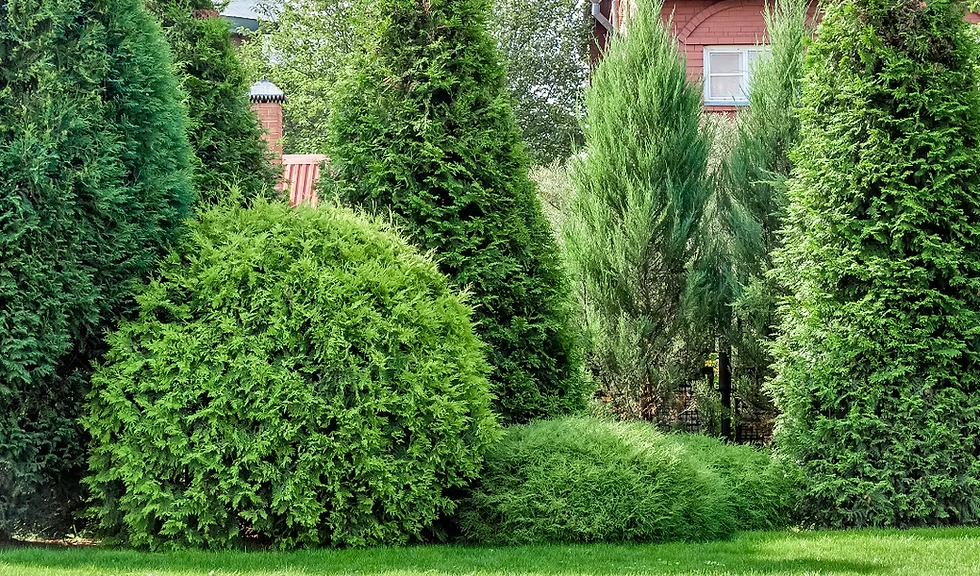
Creating Privacy Screens with Evergreens
Whether you're seeking privacy, noise reduction, or simply a green backdrop to frame your garden, using evergreens to create natural screens is an effective and attractive solution. Unlike deciduous plants that lose their leaves in winter, evergreens provide year-round coverage, ensuring your space stays secluded and beautiful in every season.
Why Choose Evergreens?
- Year-Round Coverage: They retain their foliage in winter, providing consistent screening when you need it most.
- Low Maintenance: Once established, many evergreen varieties require little pruning or special care.
- Aesthetic Versatility: From tall, columnar conifers to dense, spreading shrubs, there's an evergreen to suit any design style.
Planning Your Screen
Before planting, consider the following factors:
- Height and Width: How tall does your screen need to be? Do you have enough space for the mature width of the plants?
- Growth Rate: Faster-growing varieties offer quicker coverage, but may require more maintenance.
- Sun and Soil Conditions: Choose species that thrive in your specific site conditions for the best long-term success.
- Formal vs. Natural Look: Do you want a tightly clipped hedge or a more relaxed, layered screen?
Best Evergreens for Screening
Here are some popular choices, each suited to different landscape needs:
Tall and Narrow (Great for Small Spaces)
- Thuja occidentalis 'Emerald Green': Compact, columnar form; ideal for tight spaces.
- Picea a. 'Cupressina' (Norway Spruce): Narrow, upright spruce with dense foliage and strong cold tolerance; excellent for vertical accents or narrow screening.
Dense and Fast-Growing
- Thuja plicata 'Green Giant': Vigorous grower, perfect for large spaces needing quick privacy.
- Thuja occidentalis 'Degroot's Spire': Cold-hardy, dense, and fast-growing.
Broad and Layered
- Ilex 'Blue Princess' (Blue Holly): Compact and cold-hardy but still offers dense evergreen foliage with showy red berries when pollinated by a nearby male ('Blue Prince').
- Rhododendron and Mountain Laurel: Great for partial shade; offer blooms as a bonus.
Design Tips
- Stagger Plants: For a more natural look and quicker fill-in, stagger plants in a zigzag or double row.
- Incorporate Variety: Mix evergreen species with similar needs to add texture and prevent monotony.
- Use Mulch: Maintain moisture and suppress weeds around young plants to encourage healthy growth.
- Consider Wildlife: Many evergreens offer shelter or food for birds and beneficial insects.
Creating a screen with evergreens isn't just about privacy - it's about enhancing your landscape's structure, resilience, and beauty. With the right plant selection and a bit of planning, you can enjoy a lush, living barrier that evolves gracefully with your garden over time.